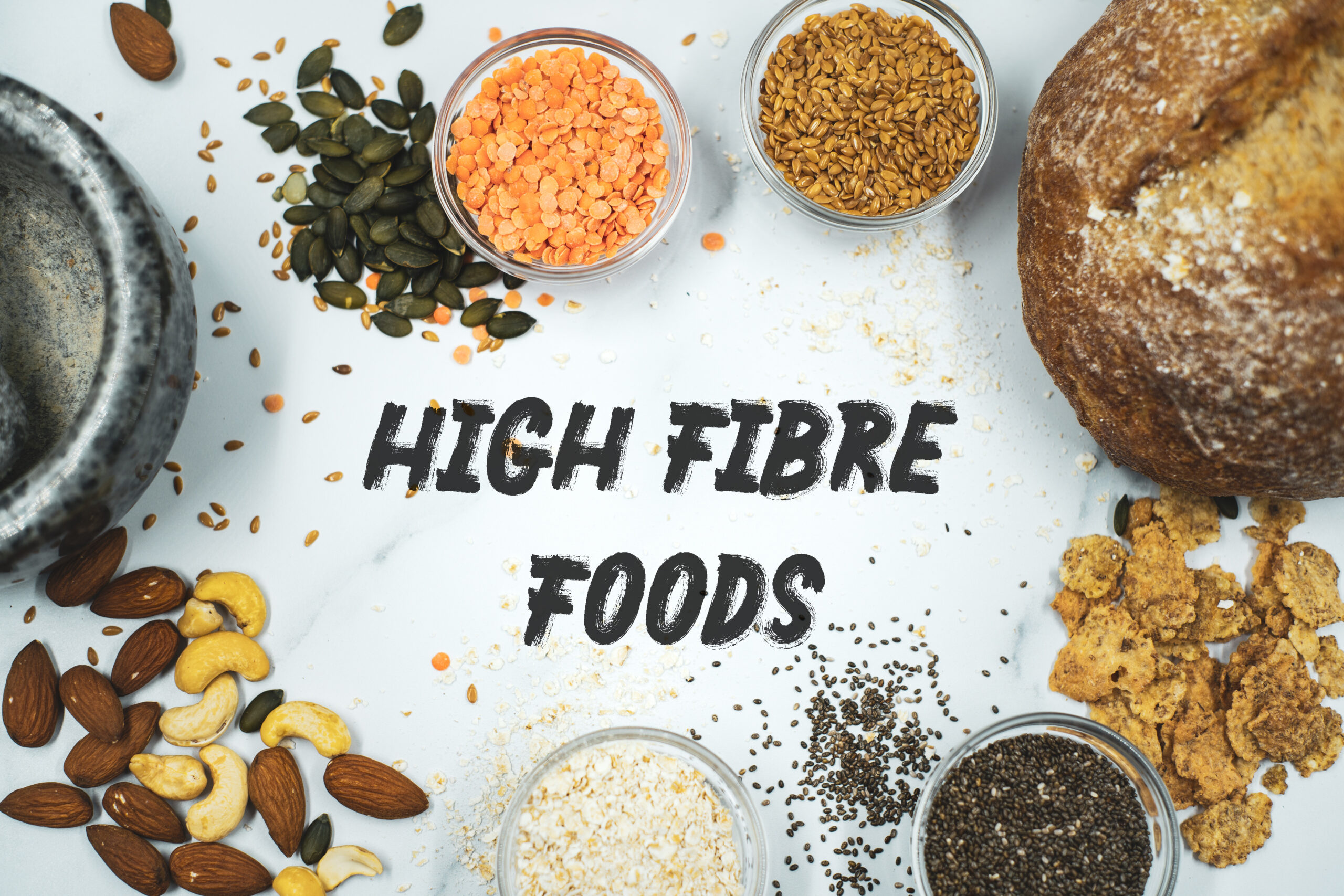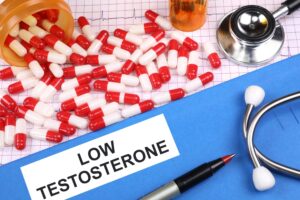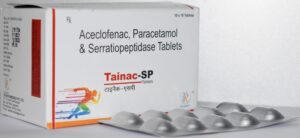Which Foods Are Highest in Fiber – Maintaining a healthy diet is essential for overall well-being, and one crucial aspect of a balanced diet is dietary fiber. Fiber plays a significant role in maintaining good digestion and promoting a healthy gut. In this article, we will explore the foods that are highest in fiber and their many benefits.
What is Dietary Fiber?
Dietary fiber, also known as roughage, is a type of carbohydrate found in plant-based foods. Unlike other carbohydrates, fiber cannot be fully broken down by the body’s digestive enzymes, and therefore, it passes through the digestive system mostly intact. There are two types of dietary fiber – soluble and insoluble – each offering unique health benefits.
Benefits of Dietary Fiber:
- Improved Digestion: Fiber adds bulk to the stool, promoting regular bowel movements and preventing constipation.
- Weight Management: High-fiber foods help you feel fuller for longer, reducing overall food intake and aiding in weight management.
- Lowered Cholesterol Levels: Soluble fiber binds to cholesterol, helping to lower LDL (bad) cholesterol levels in the blood.
- Better Blood Sugar Control: Fiber slows down the absorption of sugar, which can help in managing blood sugar levels, especially for people with diabetes.
- Reduced Risk of Chronic Diseases: A diet rich in fiber has been associated with a reduced risk of heart disease, stroke, and certain types of cancer.
Recommended Daily Fiber Intake:
The recommended daily intake of fiber varies depending on age, gender, and overall health. Generally, adult men should aim for about 38 grams of fiber per day, while adult women should aim for 25 grams per day.
High-Fiber Foods: Fruits and Vegetables:
- Apples: Apples are not only delicious but also a good source of fiber, especially when consumed with the skin.
- Avocado: Avocado is a creamy and nutritious fruit that contains both soluble and insoluble fiber.
- Broccoli: This cruciferous vegetable is packed with fiber and other essential nutrients.
- Carrots: Carrots are not only rich in beta-carotene but also a good source of dietary fiber.
- Berries: Berries such as raspberries, blackberries, and blueberries are loaded with fiber and antioxidants.
High-Fiber Foods: Whole Grains:
- Oats: Oats are a fantastic source of soluble fiber, and a hearty bowl of oatmeal can start your day right.
- Quinoa: Quinoa is a gluten-free whole grain that contains more fiber than many other grains.
- Brown Rice: Compared to white rice, brown rice retains more fiber due to its bran and germ layers.
- Whole Wheat: Whole wheat products like bread and pasta are higher in fiber than their refined counterparts.
High-Fiber Foods: Legumes and Beans:
- Lentils: Lentils are not only rich in protein but also high in fiber, making them an excellent addition to any diet.
- Chickpeas: Chickpeas, also known as garbanzo beans, are versatile legumes packed with fiber.
- Black Beans: Black beans are a great source of fiber, protein, and various vitamins and minerals.
- Kidney Beans: Kidney beans are high in fiber and can be used in a wide range of dishes.
High-Fiber Foods: Nuts and Seeds:
- Almonds: Almonds are not only delicious but also a good source of fiber, healthy fats, and antioxidants.
- Chia Seeds: Chia seeds are tiny nutritional powerhouses that contain both soluble and insoluble fiber.
- Flaxseeds: Flaxseeds are rich in fiber and omega-3 fatty acids, promoting heart health.
- Sunflower Seeds: Sunflower seeds are a tasty snack that provides fiber and essential nutrients.
How to Incorporate High-Fiber Foods into Your Diet:
- Breakfast Ideas: Start your day with a fiber-rich breakfast like oatmeal with berries or whole grain toast with avocado.
- Lunch and Dinner Suggestions: Add legumes, beans, or vegetables to soups, salads, and stir-fries for an extra fiber boost.
- Snack Options: Opt for nuts, seeds, or fresh fruits as healthy and fiber-filled snacks.
Combining Foods for Increased Fiber Intake:
To maximize your fiber intake, try combining different high-fiber foods in your meals. For instance, you can top your yogurt with chia seeds and berries or create a hearty salad with mixed vegetables and chickpeas.
Potential Side Effects of High-Fiber Diets:
While a high-fiber diet offers numerous health benefits, it’s essential to increase fiber intake gradually to avoid digestive discomfort. Some people may experience bloating, gas, or diarrhea when they suddenly increase their fiber consumption. Drinking plenty of water can help alleviate these symptoms.
Conclusion:
Incorporating high-fiber foods into your daily diet can have significant health benefits, ranging from improved digestion to better weight management and reduced risks of chronic diseases. Adding a variety of fiber-rich foods can enhance the overall nutritional value of your meals, supporting your journey towards a healthier lifestyle.
FAQs:
- Is fiber essential for a healthy diet?
- Can fiber help with weight loss?
- Are there any fiber supplements worth trying?
- While it’s best to get fiber from whole foods, some supplements can be helpful if you struggle to meet your daily fiber intake.
- How can I know if I’m getting enough fiber?
- Keeping track of the fiber content in the foods you eat can help you ensure you’re meeting your daily needs.




